You will be able to learn about the benefits of the kiwi fruit known as the golden variety and how to care for plants and the cultivation of this tree by reading this article.
golden kiwi fruit benefits
The Golden Kiwi is a plant that lives for many years, climbs, loses its leaves in the fall, and has a sturdy stem. This tree has the potential to grow to a height of ten meters and a length of ten meters. The plant can typically be found growing on the sloped ground or hilly terrain, particularly on relatively small hills. The plant is able to thrive in climates that range from subtropical to the Mediterranean. The soil in which golden kiwi plants are grown must be rich in organic content, have adequate drainage, and be both moist and fertile. Gold kiwifruit is a rich source of fiber, folate, potassium, manganese, vitamin E, and vitamin C, in addition to a variety of other minerals and antioxidants. Cultivated in Central and East Asia is the kiwi fruit that comes from the species Actinidia chinensis. This plant is native to China and is used in traditional Chinese medicine. The Golden Kiwi is another common name for this fruit. Golden kiwifruit, which comes from a plant that is a member of the family Actinidiaceae, is not pollinated by artificial means but rather by honeybees. 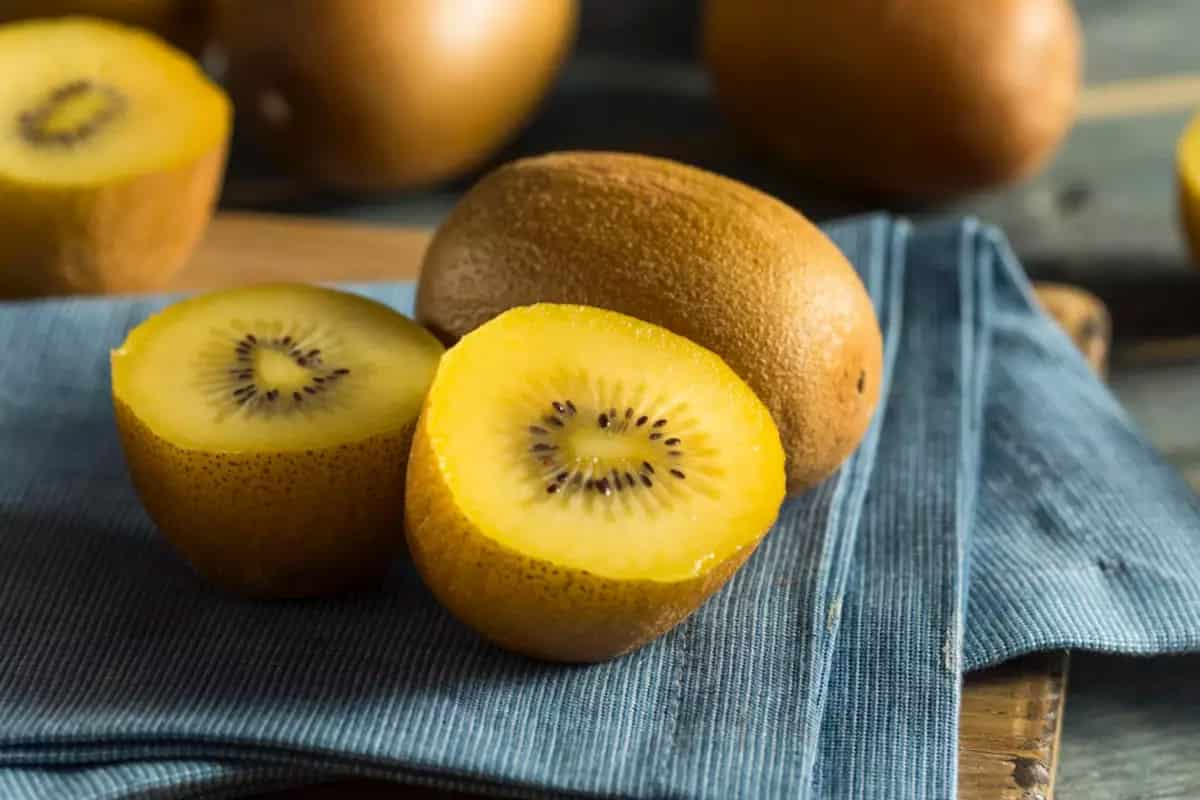 Golden kiwi is also known as Chinese Actinidia, gold kiwifruit, kiwifruit, kiwi gold, yellow-Actinidia, red-ringed kiwifruit, and red kiwifruit. Other common names for this fruit are red kiwifruit and red-fleshed Actinidia. In spite of the fact that some varieties of kiwifruit are kept as ornamentals and are used as a source of traditional medicine, there is a significant amount of demand in the commercial sector for this fruit due to the high nutritional content it contains. The skin of the golden kiwi is bronze-colored and hairless, with a smooth texture. It possesses a sweet flavor that is comparable to that of pineapple and mango. Gold Kiwifruits Gold kiwifruits have a slightly different nutritional make-up and are significantly less acidic than the green kiwifruits that were first grown and harvested. The plant was discovered for the first time in the hilly parts of the southwestern portion of China, where it was found growing in dense stands of tall grass. In later years, kiwi trees might be found growing in a number of nations throughout the world, including New Zealand.
Golden kiwi is also known as Chinese Actinidia, gold kiwifruit, kiwifruit, kiwi gold, yellow-Actinidia, red-ringed kiwifruit, and red kiwifruit. Other common names for this fruit are red kiwifruit and red-fleshed Actinidia. In spite of the fact that some varieties of kiwifruit are kept as ornamentals and are used as a source of traditional medicine, there is a significant amount of demand in the commercial sector for this fruit due to the high nutritional content it contains. The skin of the golden kiwi is bronze-colored and hairless, with a smooth texture. It possesses a sweet flavor that is comparable to that of pineapple and mango. Gold Kiwifruits Gold kiwifruits have a slightly different nutritional make-up and are significantly less acidic than the green kiwifruits that were first grown and harvested. The plant was discovered for the first time in the hilly parts of the southwestern portion of China, where it was found growing in dense stands of tall grass. In later years, kiwi trees might be found growing in a number of nations throughout the world, including New Zealand. 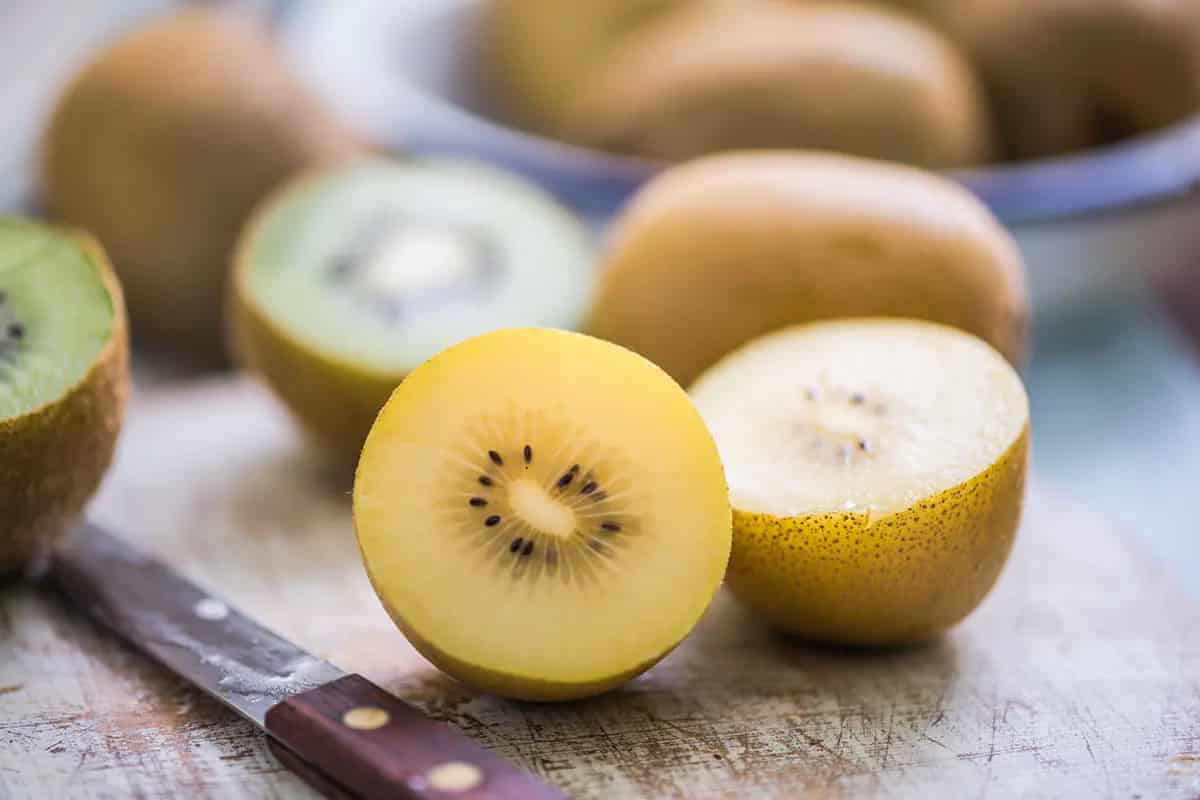
golden kiwi fruit price
Isabel Fraser, a schoolteacher, was the one who introduced missionaries to China in the early 19th century. She was also the one who transported kiwi fruit seeds from China to New Zealand on her travels, and from there they went to Italy, Greece, and France. Isabel Fraser was called after the kiwi fruit. Today, in addition to New Zealand, the kiwi fruit is grown commercially in many other countries, including the United States. Since 1937, countries other than New Zealand have also been cultivating kiwi fruit for commercial purposes, including Turkey, Iran, Japan, the United States of America, and South-East Asia (India). The golden kiwi requires a soil that is rich in nutrients, has good drainage, and is wet. There are several different kinds of golden kiwi, including Chinese actinidia, gold kiwifruit, kiwifruit, kiwi gold, golden kiwi, yellow-fleshed actinidia, red-ringed kiwifruit, and red kiwifruit, among others. The excellent nutritional value of this fruit contributes to its greater demand on the commercial market than that of green species. There are a lot of different kinds of kiwifruit. Some examples of green kiwifruit varieties are Fuji kiwifruit, baby kiwifruit, arctic kiwifruit, red kiwifruit, silver vine, purple kiwifruit, and Chinese gooseberry, among others. In addition, there are several Indian breeds, such as the Hayward, Abbott, Bruno, Allison, and Monty, amongst others. 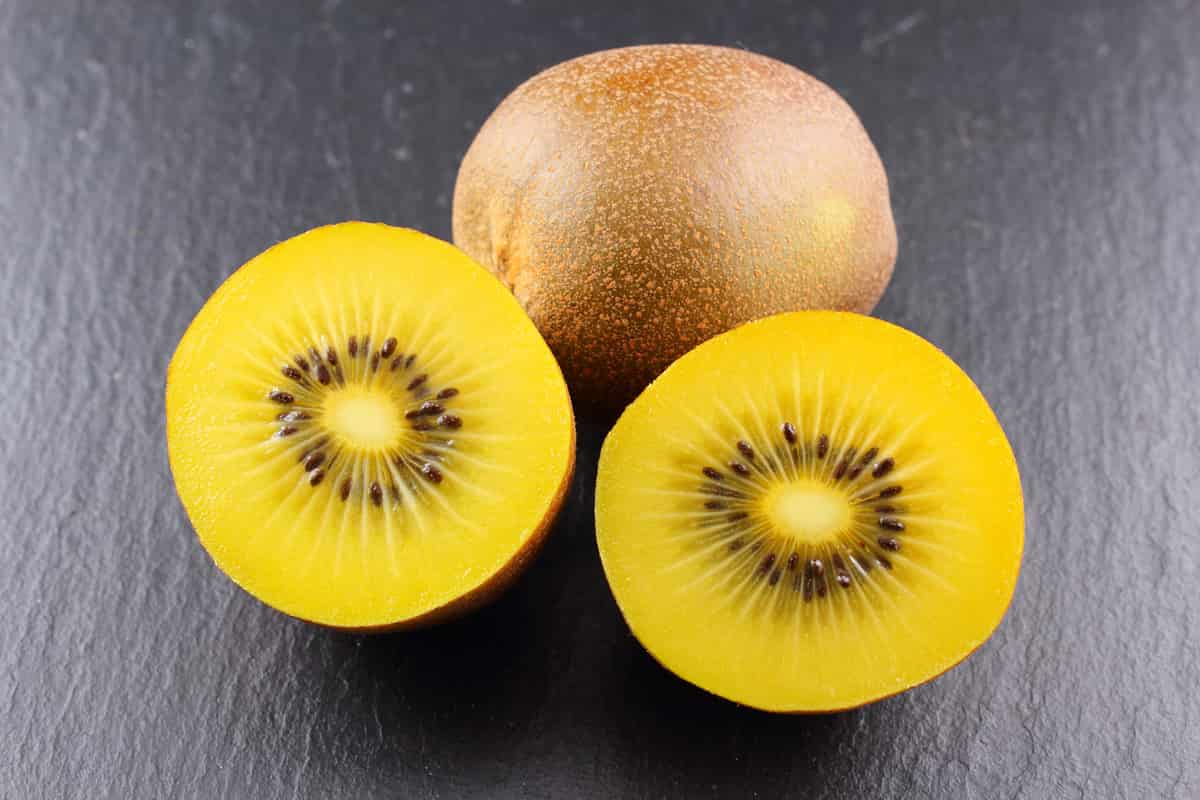 It takes about two to three years from the time of planting until the first fruit is produced. After the crop starts producing, there is not much more money spent, but there is still upkeep to be done. Golden Kiwi trees should be planted on high slopes or mountainous areas that have a temperate climate. These are the best environments for their growth. The kiwi plant needs to be placed in an area that is elevated, does not collect water readily, and receives at least four to five hours of sunlight per day in order to thrive and produce fruit. It is possible for it to bear fruit whether it is grown in full sun or in partial shade; however, full sun will result in the greatest amount of fruit production. Before it can begin to flower, the plant needs an average yearly rainfall of 150–200 centimeters; nevertheless, severe weather conditions such as snowfall and storms can do significant harm to the plant. The range of temperatures between 28 and 35 degrees Celsius produces the best results for crop yield. In the location where you intend to plant the kiwi tree, first the soil of that location should be carefully raked and dusted, then the soil should be loosened and mixed with organic manure to prepare the soil, and finally, the hole should be prepared for planting the seedlings.
It takes about two to three years from the time of planting until the first fruit is produced. After the crop starts producing, there is not much more money spent, but there is still upkeep to be done. Golden Kiwi trees should be planted on high slopes or mountainous areas that have a temperate climate. These are the best environments for their growth. The kiwi plant needs to be placed in an area that is elevated, does not collect water readily, and receives at least four to five hours of sunlight per day in order to thrive and produce fruit. It is possible for it to bear fruit whether it is grown in full sun or in partial shade; however, full sun will result in the greatest amount of fruit production. Before it can begin to flower, the plant needs an average yearly rainfall of 150–200 centimeters; nevertheless, severe weather conditions such as snowfall and storms can do significant harm to the plant. The range of temperatures between 28 and 35 degrees Celsius produces the best results for crop yield. In the location where you intend to plant the kiwi tree, first the soil of that location should be carefully raked and dusted, then the soil should be loosened and mixed with organic manure to prepare the soil, and finally, the hole should be prepared for planting the seedlings. 
golden kiwi fruit tree
Planting golden kiwi in rows is the recommended method of cultivation. The months of February through April and September through November are the best periods to plant kiwis. Vine structures that are 15 feet wide and 20 feet tall need to be supported by kiwi trees until those trees have grown a sufficiently tall and sturdy canopy. A fully matured tree can produce as much as one hundred pounds of fruit each year when it is picked. Before it can produce flowers, the plant requires an average yearly rainfall of 150–200 centimeters; in the event that it does not rain, the plant should be watered once every 10–12 days throughout the summer or during other dry times. During the first year of the plant’s life, fertilizer should not be used. It is essential to exercise extreme caution while caring for young trees. This includes giving seedlings only a trace amount of organic matter in the spring, limiting the quantity of water they receive, and ensuring that insecticide is applied on a consistent basis. If the tree is older than two years, then water and insecticide should be sprayed on an as-needed basis. After being planted, the tree will not produce any blooms or fruits during its first year of growth. The plant will begin to flower after two and a half to three years; if it does not, cut the lateral growth (if it is not flowering) two to three times during the growing season. After two and a half to three years, the plant will begin to flower. If you want the plant to have a healthy development, you should prune it once a year at the very least. During the colder months, when the plant is dormant, it is best to prune away any female vines. When the female vines have finished flowering in the early summer, you should prune the male vines.

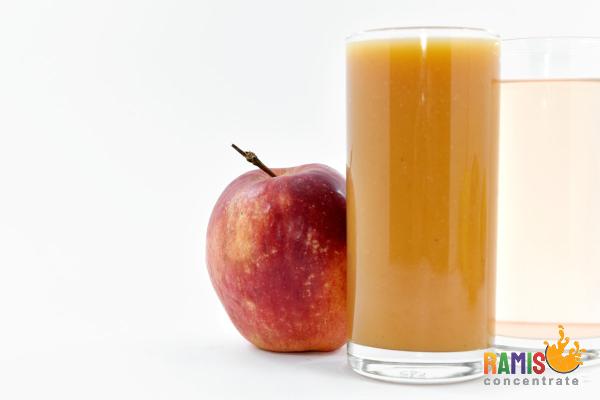
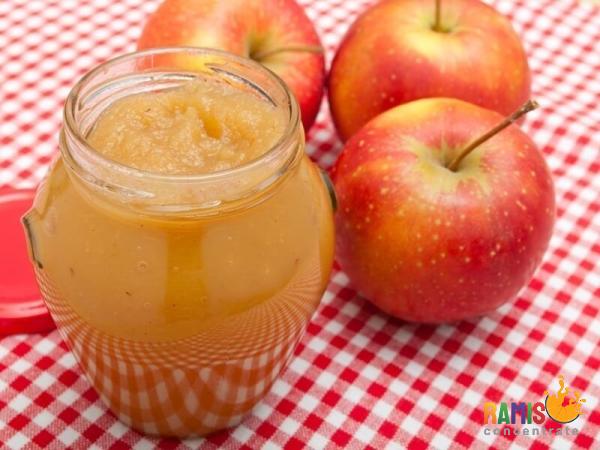


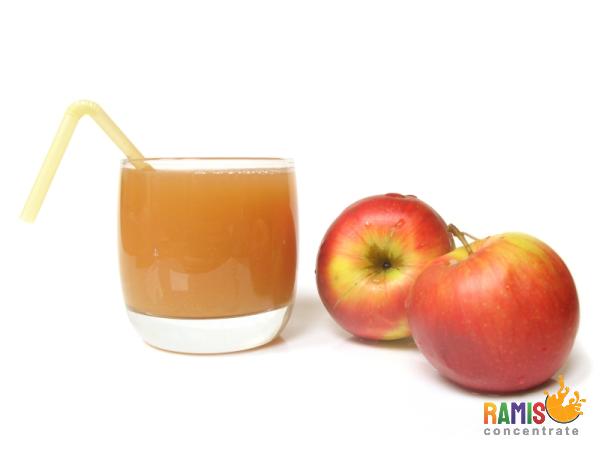


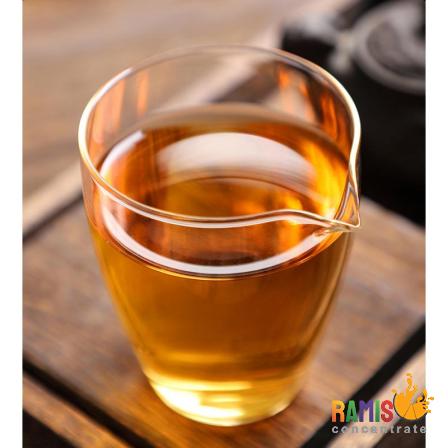
Your comment submitted.